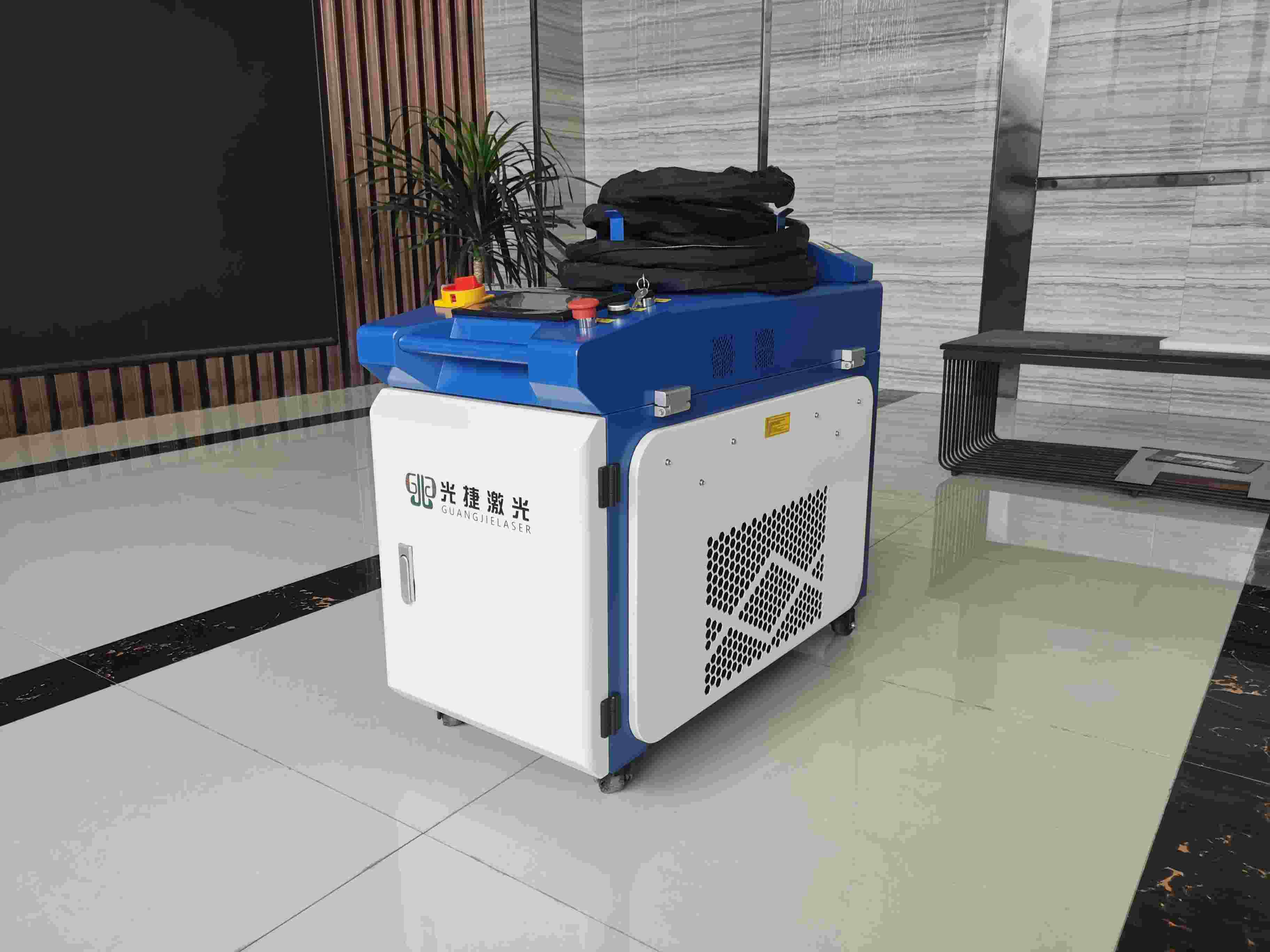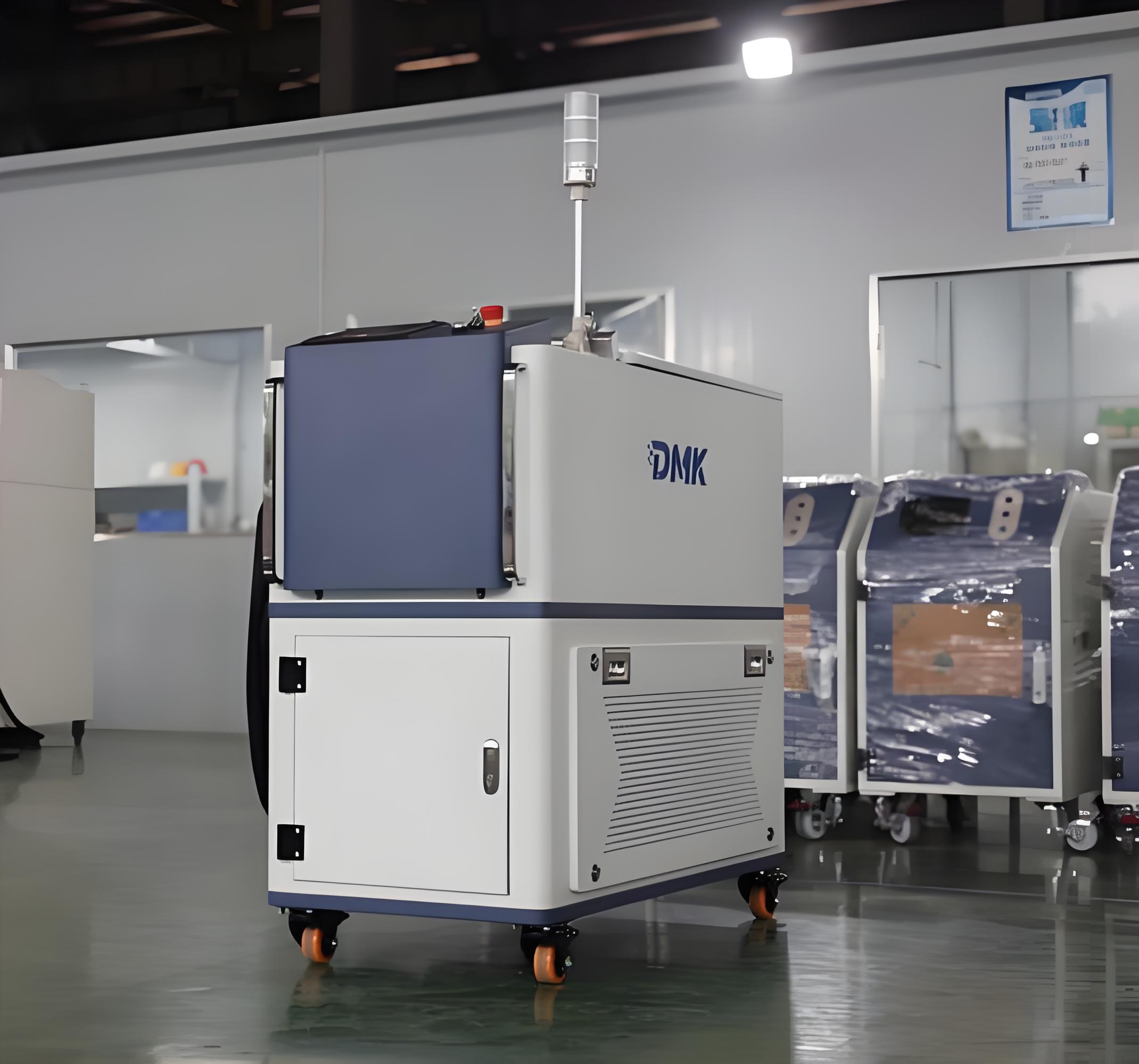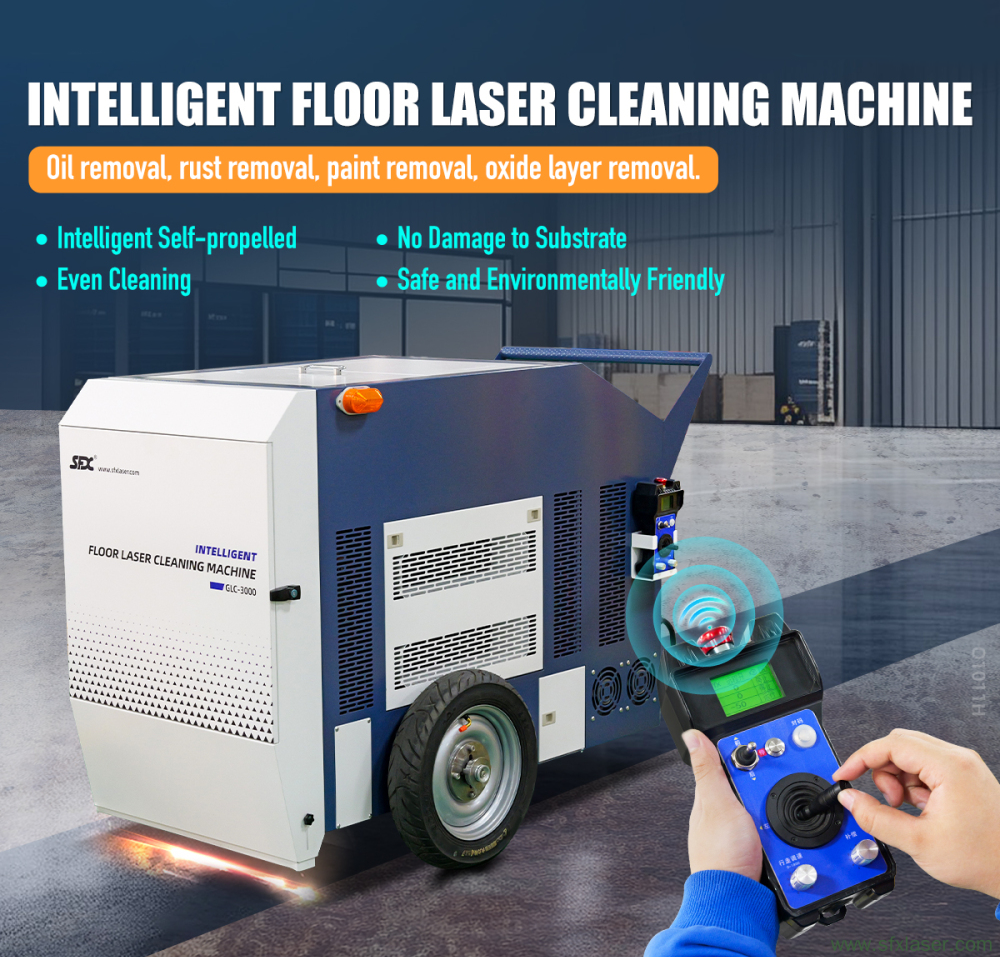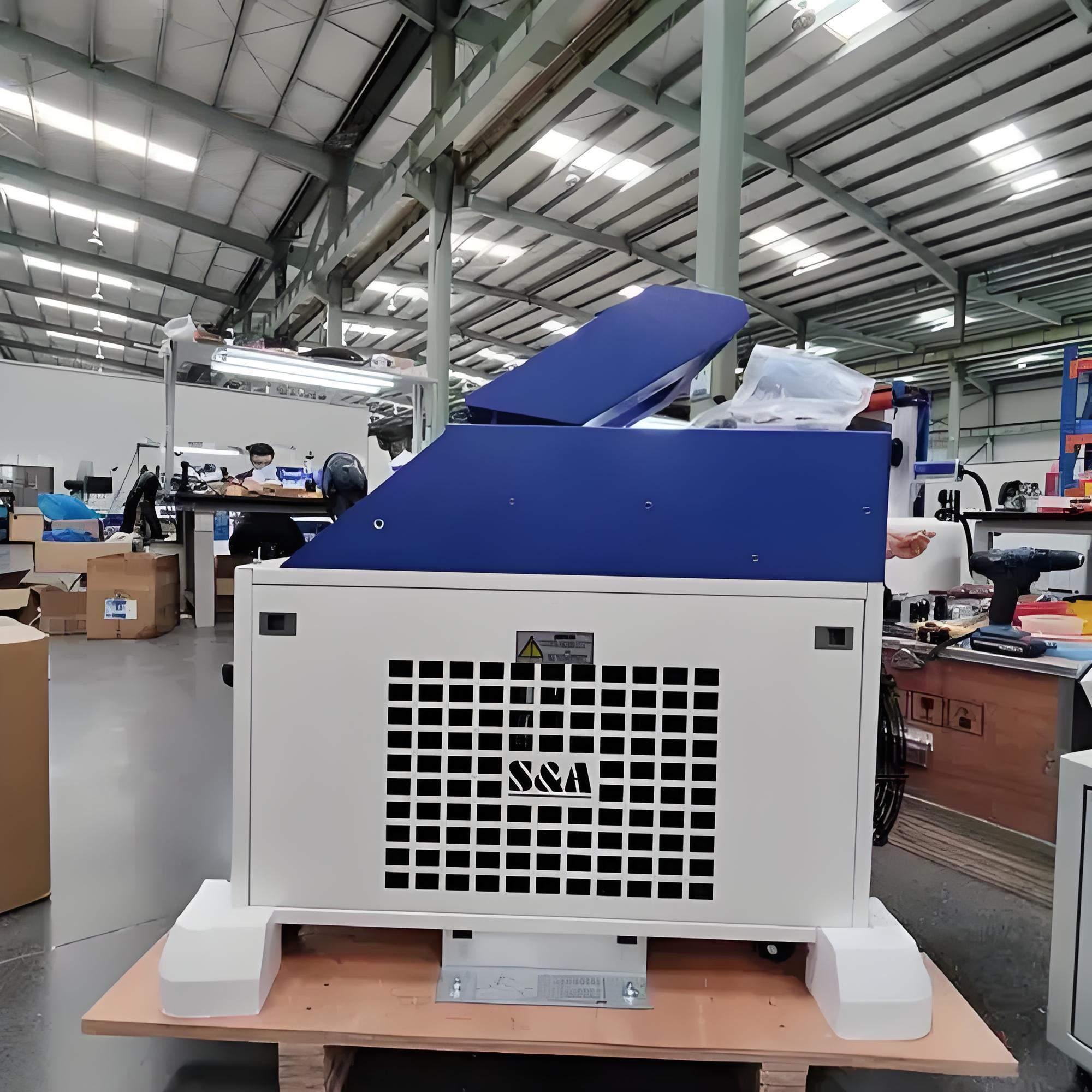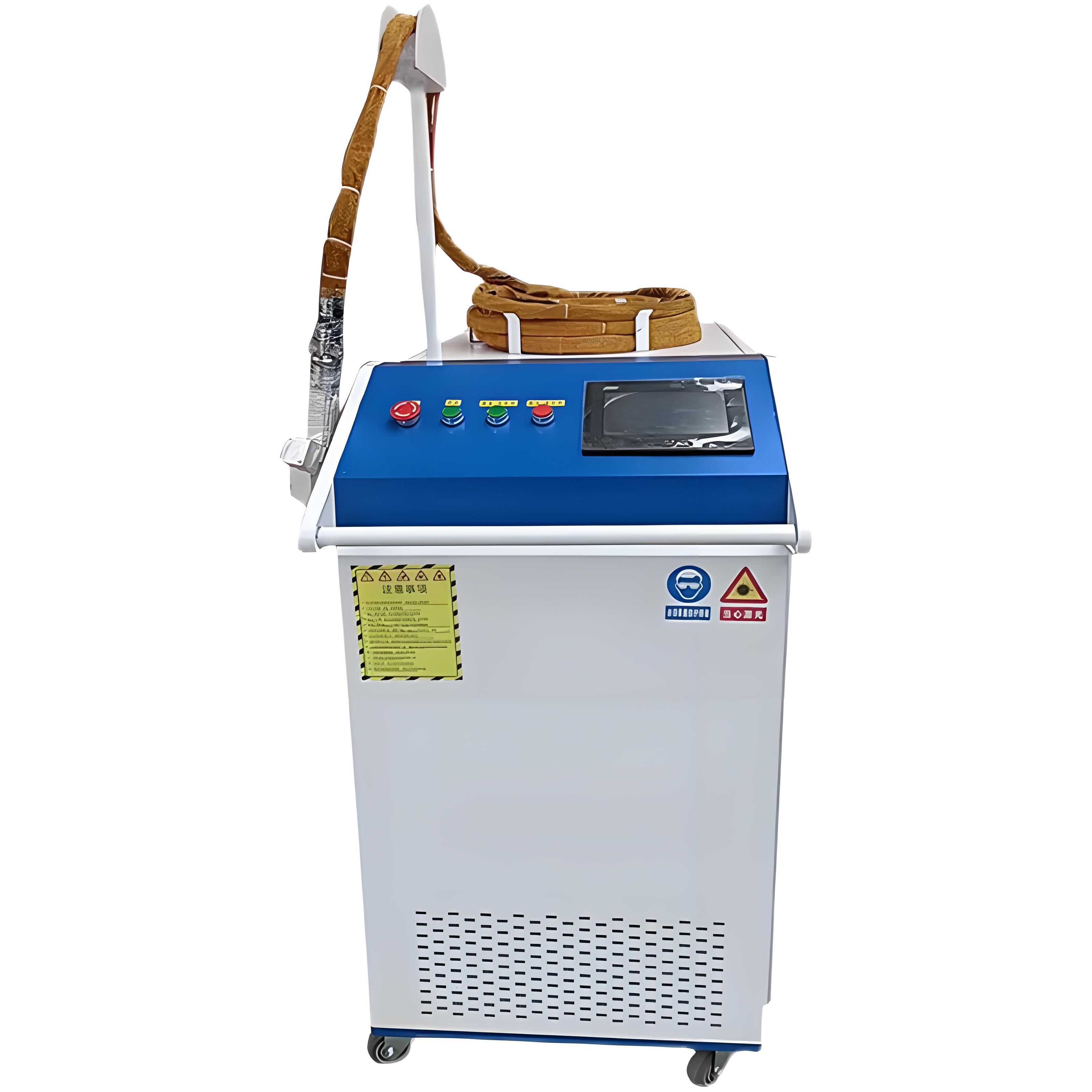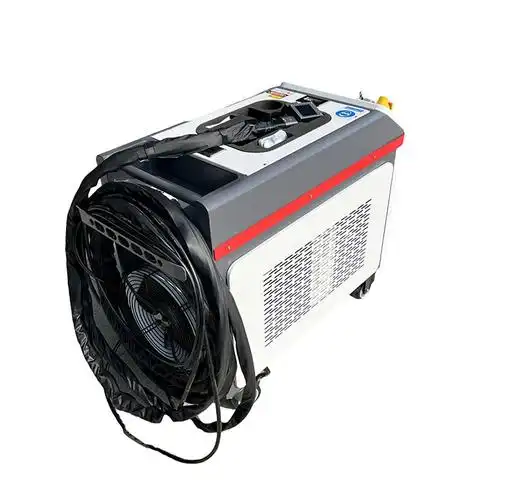Having spent over a decade in the industrial cleaning and laser technology field, I’ve had my fair share of moments marveling at how far laser systems have come. One question I often hear from newcomers and even seasoned professionals is about the safety of laser rust removal machines, especially when it comes to whether they can harm human skin, like your hands. It’s a valid concern—lasers sound intense, and the idea of pointing a high-energy beam at something can feel daunting. In this article, I’ll explain the science behind why these machines are designed to be safe for human hands, share practical insights from my experience, and offer tips to ensure you’re using them correctly. Let’s dive into the fascinating world of laser rust removal and put those safety worries to rest.
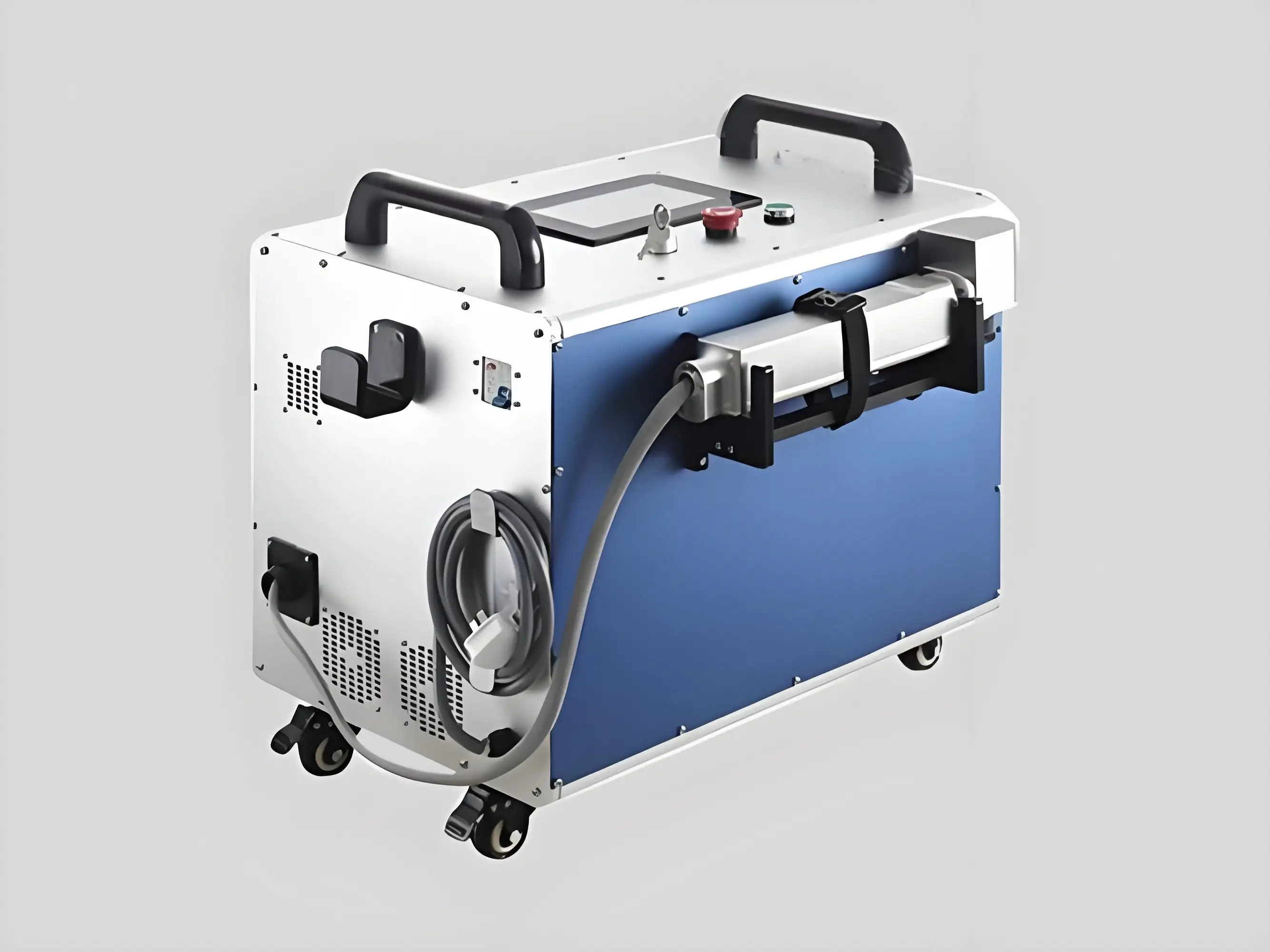
Understanding Laser Rust Removal
Before we get into the safety aspect, let me set the stage by explaining what laser rust removal is all about. Rust, or iron oxide, forms when metal reacts with oxygen and moisture, creating a pesky layer that can compromise the integrity of tools, machinery, or structures. Traditional rust removal methods like sandblasting, chemical treatments, or wire brushing are messy, time-consuming, and sometimes damaging to the underlying material. Enter laser rust removal, a cutting-edge solution that uses focused laser beams to zap away rust, paint, or other contaminants with incredible precision.
The beauty of this technology lies in its ability to clean surfaces without physical contact or harmful chemicals. It’s widely used in industries like automotive, shipbuilding, and heritage restoration, where preserving the base material is critical. But with all this talk of high-energy lasers, it’s natural to wonder: if it can obliterate rust, why doesn’t it burn your skin? Let’s break it down.
The Science Behind Laser Rust Removal Safety
The key to understanding why a laser rust removal machine doesn’t harm your hands lies in the principles of laser ablation and how lasers interact with different materials. Here’s how it works, step by step:
Selective Absorption: Laser rust removal systems, typically fiber lasers, emit light at specific wavelengths (often around 1064 nm for industrial applications). Rust and other contaminants absorb this light efficiently, causing them to heat up rapidly and either vaporize or flake off. Human skin, however, has different optical properties. It reflects or scatters much of the laser’s energy at these wavelengths, meaning it doesn’t absorb enough energy to cause burns or damage under normal operating conditions.
Pulse Duration and Energy Control: Modern laser rust removal machines use pulsed lasers, which deliver energy in ultra-short bursts (often nanoseconds). These pulses are powerful enough to remove rust but too brief to transfer significant heat to surrounding materials, including skin. Continuous-wave lasers, which could potentially cause burns, are rarely used in rust removal due to their inefficiency for this task.
Beam Focusing: The laser beam is precisely focused on the target surface, typically a few millimeters away from the machine’s nozzle. If the beam isn’t in direct contact with a surface, its energy dissipates quickly in the air, reducing the risk of harm. Even if your hand accidentally passes through the beam’s path, the exposure is usually too brief and unfocused to cause injury.
Built-In Safety Features: Manufacturers of laser rust removal machines prioritize safety. Most systems come equipped with features like motion sensors, interlock systems, and beam shut-off mechanisms. For example, if the machine detects an unexpected object (like your hand) or loses contact with the target surface, it automatically cuts off the laser. These safeguards make accidental exposure nearly impossible.
Low Thermal Impact on Skin: Even if a laser beam were to briefly contact your skin, the energy levels used for rust removal are typically below the threshold for causing burns. Skin can tolerate brief exposure to low-power infrared lasers without damage, especially since the beam is designed to target rust’s specific absorption characteristics, not organic tissue.
To put it simply, the laser is like a sniper—it’s trained to hit rust and other contaminants with precision, leaving your skin unscathed. I’ve seen operators handle these machines for hours without issue, as long as they follow basic safety protocols.
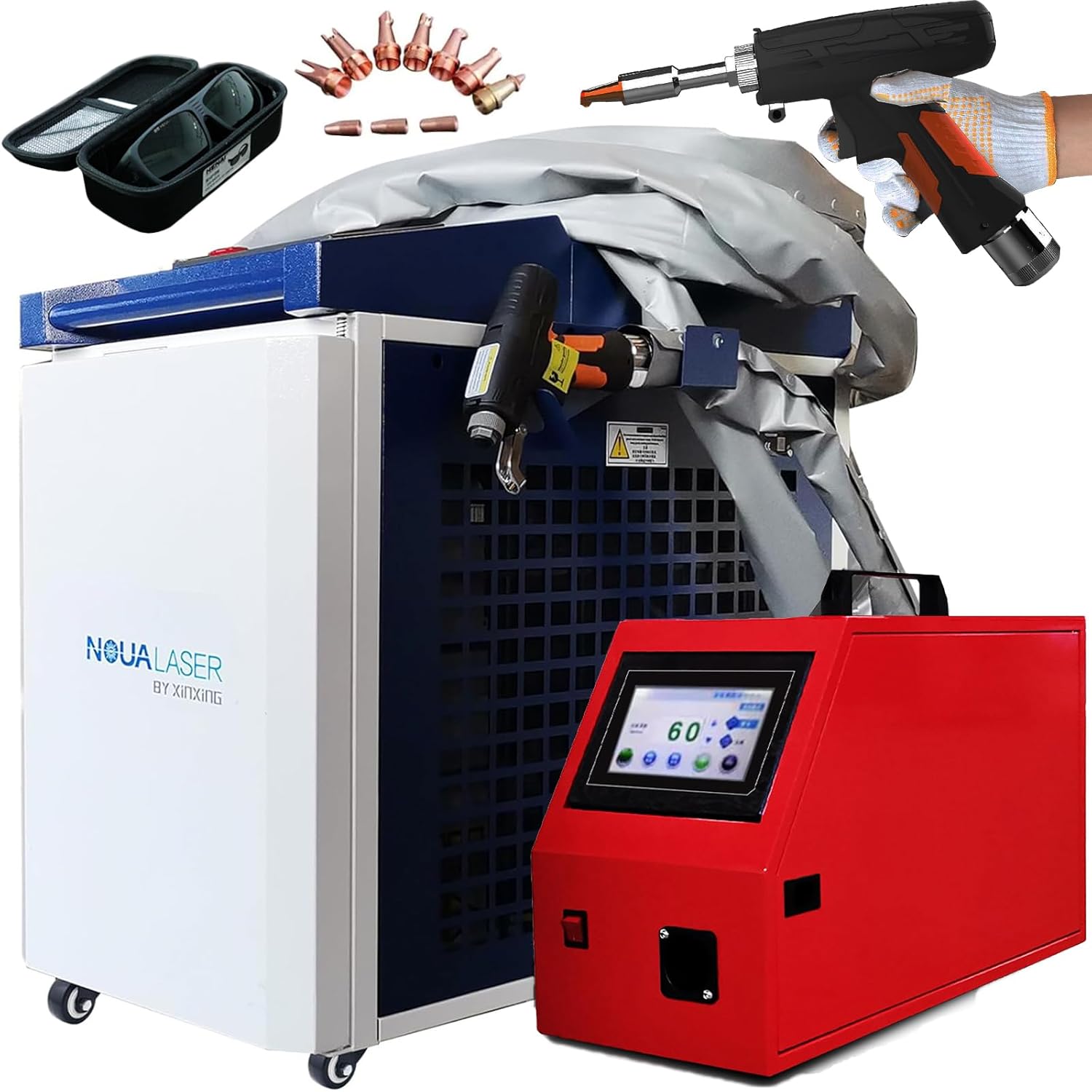
Comparing Laser Rust Removal to Other Methods
To give you a clearer perspective, let’s compare laser rust removal to traditional methods in terms of safety and effectiveness. This table highlights why lasers are not only safer for your hands but also better for the job:
|
Method |
Safety for Hands |
Effectiveness |
Environmental Impact |
Ease of Use |
|---|---|---|---|---|
|
Laser Rust Removal |
High (non-contact) |
High |
Minimal (no waste) |
Moderate |
|
Sandblasting |
Low (abrasion risk) |
Moderate |
High (dust, debris) |
Low |
|
Chemical Cleaning |
Low (chemical burns) |
Moderate |
High (toxic waste) |
Low |
|
Wire Brushing |
Moderate (cuts, fatigue) |
Low |
Moderate (dust) |
Low |
From my years in the field, I can tell you that laser rust removal’s non-contact nature is a huge advantage. Unlike sandblasting, which can cause skin abrasions, or chemical cleaning, which risks burns from harsh solvents, lasers keep your hands safe while delivering superior results.
Real-World Safety in Action
In my time working with laser cleaning systems, I’ve seen how they’re designed with operator safety in mind. I once worked with a shipyard that transitioned from sandblasting to laser rust removal for maintaining massive steel hulls. The operators were initially skeptical, worried about the laser’s intensity. But after training and hands-on experience, they were amazed at how safe and intuitive the machines were. The systems had safety interlocks that shut off the laser if the nozzle was lifted too far from the surface, and the operators wore protective glasses as a precaution. No one ever reported skin injuries, even after months of daily use.
Another example comes from a restoration project I consulted on, where a team used a laser to clean rust from a historic iron bridge. The operators worked in tight spaces, and the laser’s precision allowed them to remove rust without worrying about accidental burns or damage to their hands. The machine’s safety features, like automatic shut-off when not in contact with the metal, gave them peace of mind.
Practical Tips for Safe Operation
While laser rust removal machines are inherently safe for your hands, I always emphasize the importance of proper use. Here are some tips I’ve learned over the years to ensure maximum safety:
Wear Protective Eyewear: Laser light can be harmful to your eyes, even if it’s safe for your skin. Always use laser safety glasses rated for the machine’s wavelength (usually 1064 nm).
Follow Manufacturer Guidelines: Each machine has specific settings for power, pulse frequency, and beam width. Stick to these to avoid unnecessary risks.
Use the Machine as Intended: Don’t point the laser at reflective surfaces like mirrors, as this could redirect the beam unpredictably.
Keep Hands Away from the Beam Path: While the laser won’t burn your skin under normal conditions, it’s still best to avoid direct exposure by keeping your hands clear of the beam’s focus.
Regular Maintenance: Ensure the machine’s sensors and safety features are checked regularly to prevent malfunctions.
I’ve trained dozens of operators, and one thing I always stress is the importance of respecting the technology. Lasers are powerful tools, but their safety features and design make them user-friendly when handled correctly.
Limitations and Things to Watch For
No system is foolproof, and while laser rust removal is safe for your hands, there are a few considerations to keep in mind:
High-Power Systems: Some industrial-grade lasers use higher energy levels for heavy-duty applications. These require stricter safety protocols, as prolonged exposure could theoretically cause minor skin irritation.
Reflective Surfaces: If you’re working on highly reflective metals, the laser could bounce back, though modern systems mitigate this with beam diffusers.
Training Gaps: In my experience, most safety issues arise from improper training. Always invest in comprehensive training from the supplier to ensure your team knows how to handle the equipment.
If you’re new to laser rust removal, I recommend starting with a low-power portable unit and scheduling a demo with a supplier like Laserax or CleanLaser. They can walk you through the safety features and let you see the machine in action.
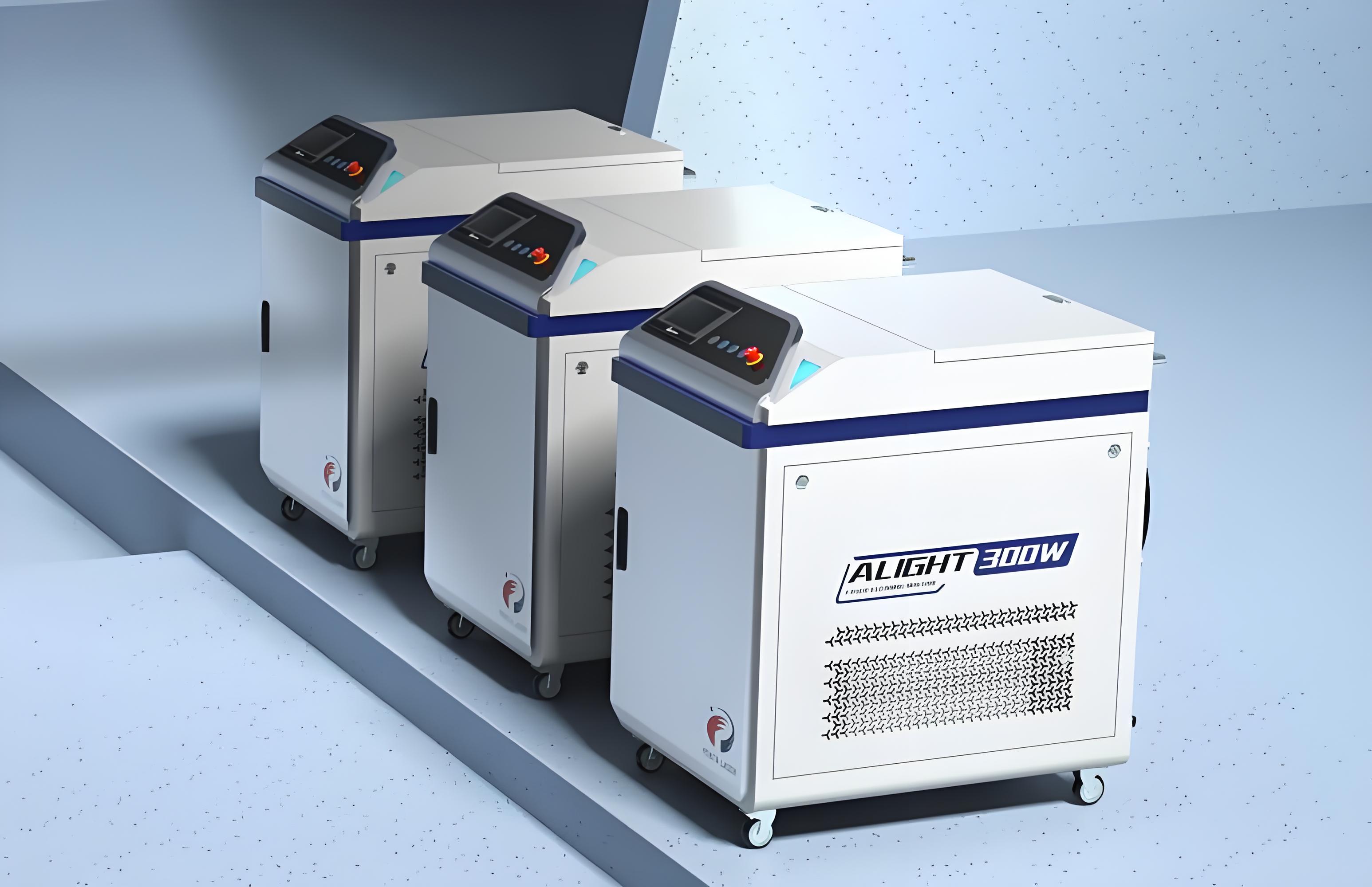
The Future of Laser Rust Removal
Looking ahead, I’m excited about where this technology is going. Manufacturers are constantly improving laser systems, making them safer, more efficient, and more affordable. I’ve noticed a trend toward portable laser cleaners that are lightweight and easy to use, even for small workshops. There’s also a push for AI-integrated lasers that automatically adjust settings based on the material and contamination level, further reducing the risk of operator error.
In my opinion, the safety of laser rust removal is one of its biggest selling points. As industries move toward greener, safer technologies, I expect lasers to become the standard for rust removal, especially in sectors like automotive and aerospace where precision and safety are non-negotiable.
Final Thoughts
Laser rust removal machines are a marvel of modern engineering, designed to tackle rust with precision while keeping operators safe. Thanks to selective absorption, pulsed laser technology, and robust safety features, these machines pose no significant risk to your hands when used correctly. From my years in the industry, I’ve seen how they’ve transformed rust removal, making it faster, cleaner, and safer than traditional methods. Whether you’re restoring a vintage car or maintaining industrial equipment, laser rust removal is a reliable choice that protects both your workpiece and your hands.
If you’re curious about adopting this technology, I encourage you to reach out to a trusted supplier for a demo. It’s one thing to read about it, but seeing a laser zap away rust in seconds is something else entirely. Stay safe, follow the guidelines, and you’ll be amazed at what these machines can do.
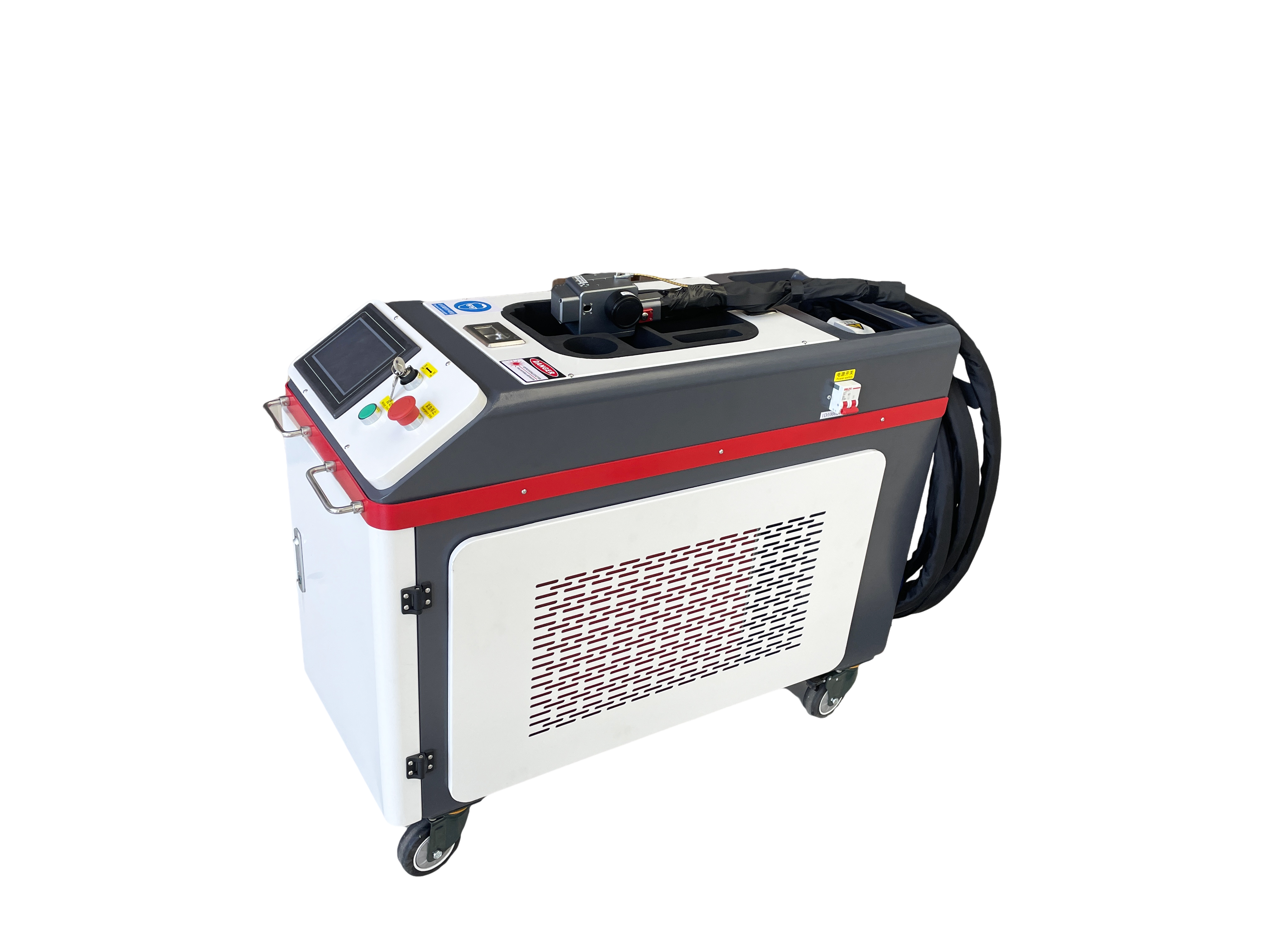
Related Questions and Answers
Q: Can a laser rust removal machine cause burns if misused?
A: If used improperly, like pointing a high-power laser at your skin for an extended period, there’s a slight risk of minor irritation. However, built-in safety features like automatic shut-off make this unlikely.
Q: Are laser rust removal machines safe for all skin types?
A: Yes, the laser’s wavelength is designed to target rust, not human skin, regardless of skin type. The energy is too low to cause damage under normal use.
Q: Do I need special training to use a laser rust removal machine?
A: Absolutely. While the machines are safe, proper training ensures you understand the settings and safety features. Most suppliers offer training programs, which I highly recommend.
Q: How do laser machines compare to chemical rust removers in terms of safety?
A: Lasers are far safer, as they don’t involve toxic chemicals that can cause burns or respiratory issues. They’re also non-contact, reducing physical risks to your hands.
Q: Can I use a laser rust removal machine without protective gear?
A: You should always wear laser safety glasses to protect your eyes. For your hands, no additional gear is typically needed, as the laser won’t harm skin under normal conditions.
If you have more questions or want to explore laser rust removal further, don’t hesitate to contact industry experts or schedule a hands-on demo. It’s a technology that’s as safe as it is impressive.

